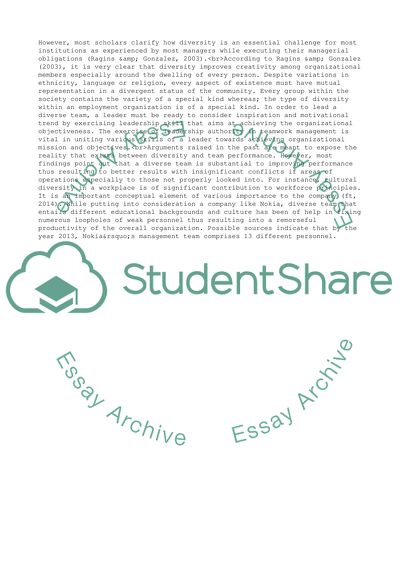Cite this document
(The Future of Leadership and Management in ICT Industry Assignment, n.d.)
The Future of Leadership and Management in ICT Industry Assignment. Retrieved from https://studentshare.org/management/1832753-leadership-blogs
The Future of Leadership and Management in ICT Industry Assignment. Retrieved from https://studentshare.org/management/1832753-leadership-blogs
(The Future of Leadership and Management in ICT Industry Assignment)
The Future of Leadership and Management in ICT Industry Assignment. https://studentshare.org/management/1832753-leadership-blogs.
The Future of Leadership and Management in ICT Industry Assignment. https://studentshare.org/management/1832753-leadership-blogs.
“The Future of Leadership and Management in ICT Industry Assignment”, n.d. https://studentshare.org/management/1832753-leadership-blogs.


